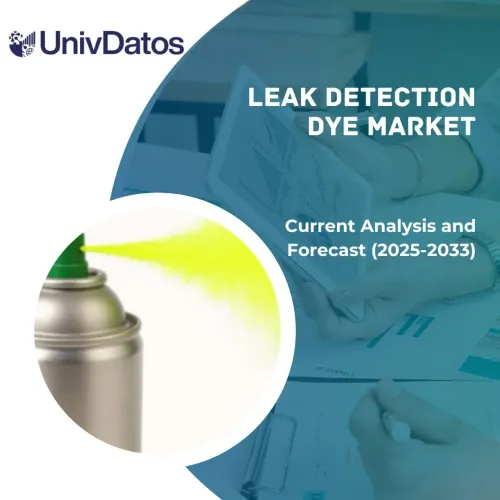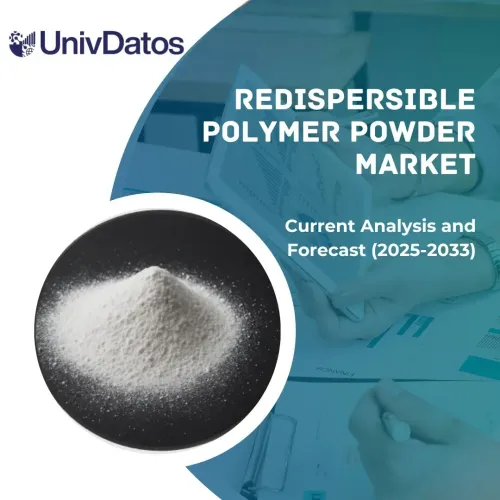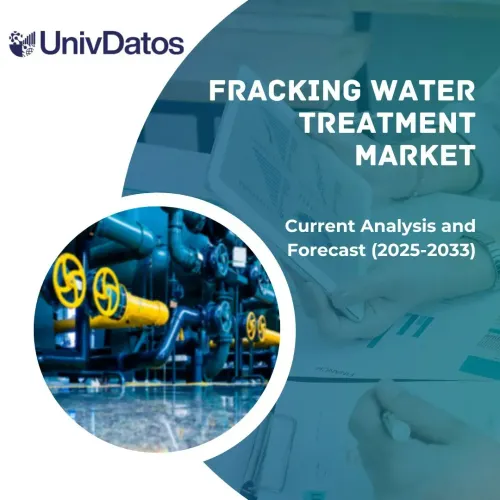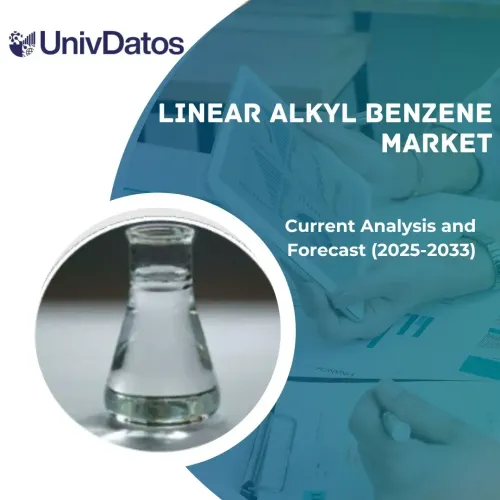- Home
- About Us
- Industry
- Services
- Reading
- Contact Us
Acrylic Acid Market: Current Analysis and Forecast (2022-2028)
Emphasis on derivative (Acrylic Esters, Acrylic Polymers, and Others); Application (Paints & Coating, Adhesive & Sealants, Sanitary Products, Textile, and Others); and Region/Country

Global Acrylic Acid Market is expected to grow at a significant rate of around 5% during the forecast period 2022-2028. An Acrylic acid is a highly reactive carboxylic acid that has the ability to react with itself to produce polyacrylic acid under certain circumstances. Also, acrylic acid is a colorless liquid with a distinctive acrid order with a flash point of 1300 F and a boiling point of 2860 F. In recent times, acrylic acid has witnessed significant demand on the account of plastic production as it is primarily used for polymer production. Additionally, acrylic acid is used to form copolymers and homopolymers with vinyl monomers and esters. Acrylic acid is widely used to produce sealants, surfactants, and adhesives. Acrylic acid observes significant demand due to the variety of applications such as architectural coatings as it provides a wide range of color options to the customers with super coating and finishing and in the automotive industry as paints and coating are the essential parts of the vehicle it is expected that the increasing demand for the automotive vehicle around the world supports the growth of the acrylic acid market globally.
BASF S.E., The Dow Chemical Co., LG Chem Ltd., Taixing Jurong Chemical Co Ltd, Formosa Plastic Group, Sasol Ltd., Mitsubishi Chemical Holdings Corp., Nippon Shokubai Co. Ltd, PJSC Sibur Holding, and Hexion Inc. are some of the key players in the market. Several M&As along with partnerships have been undertaken by these players to facilitate customers with hi-tech and innovative products/technologies.
Insights Presented in the Report
“Amongst derivatives, acrylic polymer category to witness higher CAGR during the forecast period”
Based on derivatives, the market is segmented into acrylic esters, acrylic polymers, and others. The acrylic polymer segment registered significant market growth during the forecast period due to the growing adoption of the superabsorbent polymer in the manufacturing of disposable diapers. In addition, the utilization of the acrylic polymer in sealants, textile fiber, adhesive, coating & paints is supposed to support the market growth of the acrylic polymer. Furthermore, the industry is expected to witness a demand due to the use of acrylic polymer for water treatment and co-builder for detergent.
“Amongst application, the sanitary products to hold a significant share in the market in 2020”
Based on application, the market is categorized into paints & coating, adhesive & sealants, sanitary products, textile, and others. The sanitary product accounted for the significant CAGR during the forecast period owing to the growing population coupled with rapid urbanization and increasing disposable income of the individual which support the changes in the individual lifestyle. Also, the government’s support for the hygienic lifestyle will support the sanitary product market in the future. For instance, there are approximately 40 crores of menstruating girls and women in India out of which less than 20% of the population have access to sanitary products. The growing awareness of sanitary products and menstruating hygiene would support the market growth.
“Asia-Pacific to hold a significant share in the market”
In 2020, Asia-Pacific held a significant share of the global acrylic acid market. This is mainly due to the increasing population and urbanization backed by growing disposable income and surging per capita spending of individuals in the emerging economies of the region is driving the growth of the market. Also, the use of acrylic acid in the derivative industries such as paints & coating, construction, and personal care industries and demand for the engineering plastics and polymers support the acrylic acid growth in the region. For instance, according to the CEFIC (European Chemical industry Council), the sale of the chemical was valued at 3,471 billion Euro for the year 2020. The increasing demand for plastic in the end-user industries such as automotive industries, packaging, housing, pharmaceuticals, and innovative product launch by the FMCG companies with many others is deriving the growth for acrylic acid.
Reasons to buy this report:
- The study includes market sizing and forecasting analysis validated by authenticated key industry experts.
- The report presents a quick review of overall industry performance at one glance.
- The report covers an in-depth analysis of prominent industry peers with a primary focus on key business financials, product portfolio, expansion strategies, and recent developments.
- Detailed examination of drivers, restraints, key trends, and opportunities prevailing in the industry.
- The study comprehensively covers the market across different segments.
- Deep dive regional level analysis of the industry.
Customization Options:
The global acrylic acid market can further be customized as per the requirement or any other market segment. Besides this, UMI understands that you may have your own business needs, hence feel free to connect with us to get a report that completely suits your requirements.
Table of Content
Research Methodology for the Acrylic Acid Market Analysis (2022-2028)
Analyzing the historical market, estimating the current market, and forecasting the future market of the global acrylic acid market were the three major steps undertaken to create and analyze the adoption of acrylic acids in major regions globally. Exhaustive secondary research was conducted to collect the historical market numbers and estimate the current market size. Secondly, to validate these insights, numerous findings and assumptions were taken into consideration. Moreover, exhaustive primary interviews were also conducted, with industry experts across the value chain of the global acrylic acid market. Post assumption and validation of market numbers through primary interviews, we employed a top-down/bottom-up approach to forecasting the complete market size. Thereafter, market breakdown and data triangulation methods were adopted to estimate and analyze the market size of segments and sub-segments of the industry pertains to. Detailed methodology is explained below:
Analysis of Historical Market Size
Step 1: In-Depth Study of Secondary Sources:
Detail secondary study was conducted to obtain the historical market size of the acrylic acid market through company internal sources such as annual reports & financial statements, performance presentations, press releases, etc., and external sources including journals, news & articles, government publications, competitor publications, sector reports, third-party database, and other credible publications.
Step 2: Market Segmentation:
After obtaining the historical market size of the acrylic acid market, we conducted a detailed secondary analysis to gather historical market insights and share for different segments & sub-segments for major regions. Major segments are included in the report as derivatives and applications. Further country-level analyses were conducted to evaluate the overall adoption of testing models in that region.
Step 3: Factor Analysis:
After acquiring the historical market size of different segments and sub-segments, we conducted a detailed factor analysis to estimate the current market size of the acrylic acid market. Further, we conducted factor analysis using dependent and independent variables such as derivatives and applications of acrylic acids. A thorough analysis was conducted for demand and supply-side scenarios considering top partnerships, mergers and acquisitions, business expansion, and product launches in the acrylic acid market sector across the globe.
Current Market Size Estimate & Forecast
Current Market Sizing: Based on actionable insights from the above 3 steps, we arrived at the current market size, key players in the global acrylic acid market, and market shares of the segments. All the required percentage shares split, and market breakdowns were determined using the above-mentioned secondary approach and were verified through primary interviews.
Estimation & Forecasting: For market estimation and forecast, weights were assigned to different factors including drivers & trends, restraints, and opportunities available for the stakeholders. After analyzing these factors, relevant forecasting techniques i.e., the top-down/bottom-up approach were applied to arrive at the market forecast for 2028 for different segments and sub-segments across the major markets globally. The research methodology adopted to estimate the market size encompasses:
- The industry’s market size, in terms of revenue (USD) and the adoption rate of the acrylic acid market across the major markets domestically
- All percentage shares, splits, and breakdowns of market segments and sub-segments
- Key players in the global acrylic acid market in terms of products offered. Also, the growth strategies adopted by these players to compete in the fast-growing marketMarket Size and Share Validation
Primary Research: In-depth interviews were conducted with the Key Opinion Leaders (KOLs) including Top Level Executives (CXO/VPs, Sales Head, Marketing Head, Operational Head, Regional Head, Country Head, etc.) across major regions. Primary research findings were then summarized, and statistical analysis was performed to prove the stated hypothesis. Inputs from primary research were consolidated with secondary findings, hence turning information into actionable insights.
Split of Primary Participants in Different Regions
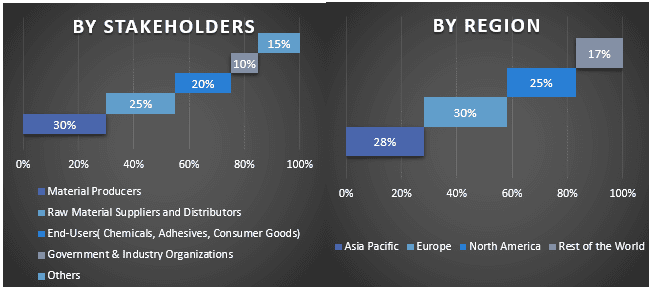
Market Engineering
The data triangulation technique was employed to complete the overall market estimation and to arrive at precise statistical numbers for each segment and sub-segment of the global acrylic acid market. Data was split into several segments & sub-segments post studying various parameters and trends in the areas of derivatives and application in the global acrylic acid market.
The main objective of the Global Acrylic Acid Market Study
The current & future market trends of the global acrylic acid market were pinpointed in the study. Investors can gain strategic insights to base their discretion for investments on the qualitative and quantitative analysis performed in the study. Current and future market trends determined the overall attractiveness of the market at a regional level, providing a platform for the industrial participant to exploit the untapped market to benefit from a first-mover advantage. Other quantitative goals of the studies include:
- Analyze the current and forecast market size of the acrylic acid market in terms of value (USD). Also, analyze the current and forecast market size of different segments and sub-segments
- Segments in the study include areas of derivatives and application.
- Define and analysis of the regulatory framework for the acrylic acid
- Analyze the value chain involved with the presence of various intermediaries, along with analyzing customer and competitor behaviors of the industry.
- Analyze the current and forecast market size of the acrylic acid market for the major region.
- Major countries of regions studied in the report include Asia Pacific, Europe, North America, and the Rest of the World.
- Company profiles of the acrylic acid market and the growth strategies adopted by the market players to sustain in the fast-growing market
- Deep dive regional level analysis of the industry
Related Reports
Customers who bought this item also bought



